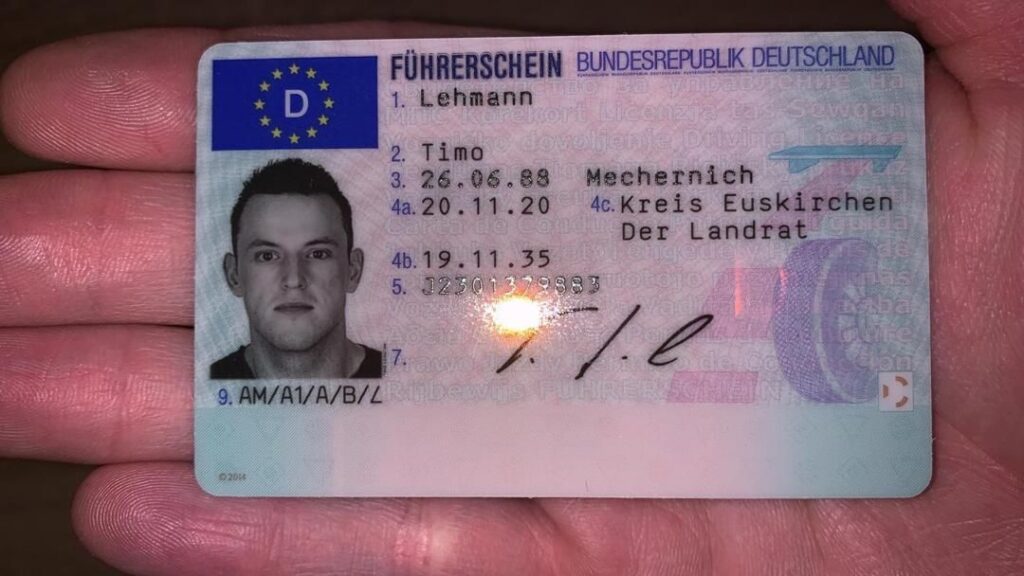How to Legally Buy a Driver's License: A Comprehensive Guide
Acquiring a chauffeur's license is a considerable milestone for numerous individuals, representing independence and the capability to travel easily. However, the procedures and guidelines surrounding getting a chauffeur's license can be complicated, leading some individuals to look for shortcuts. It is vital to highlight that acquiring a driver's license legally isn't about bypassing guidelines; rather, it's about comprehending the legitimate processes for obtaining a motorist's license in your jurisdiction. This post intends to notify readers about the appropriate procedures and guidelines for getting a chauffeur's license legally.
Understanding the Legal Process of Obtaining a Driver's License
Before diving into the requisite steps for getting a motorist's license, it's important to comprehend the legal structure that governs these processes. Each state or country has its own Department of Motor Vehicles (DMV) or comparable authority, which manages the issuance of driver's licenses. Here's a breakdown of the common actions involved in acquiring a chauffeur's license legally:
| Step | Description |
|---|---|
| 1 | Eligibility Check: Verify age, residency, and other requirements. |
| 2 | Learner's Permit (if required): Some areas require getting a learner's authorization before obtaining a complete license. |
| 3 | Motorist's Education: Complete any needed driver's education courses. |
| 4 | Practice Driving: Accumulate the needed number of practice hours. |
| 5 | Written Test: Pass a written exam covering traffic laws and policies. |
| 6 | Road Test: Successfully complete a driving test with an examiner. |
| 7 | Application Submission: Submit the application together with needed files and costs. |
| 8 | Getting the License: After passing all tests and meeting requirements, receive the motorist's license. |
Step-by-Step Breakdown of Each Phase
1. Eligibility Check
The primary step towards acquiring a driver's license is to confirm that you satisfy the eligibility criteria. Usually, this consists of being of a certain age (frequently in between 16 to 18 years), being a citizen of the state in which you are applying, and having valid identification.
2. Student's Permit
In numerous places, you need to initially get a student's license, which permits you to practice driving under certain constraints. This authorization frequently needs passing an initial written test and is generally readily available to more youthful candidates.
3. Motorist's Education
Numerous states mandate completion of a motorist's education course that consists of both class instruction and behind-the-wheel training. This education helps brand-new drivers understand safe driving practices and state-specific traffic laws.
4. Practice Driving
A lot of jurisdictions need a set number of hours driving under guidance before you can take the road test. Check your state's guidelines to learn the number of hours are required and what external conditions are needed (e.g., night driving).
5. Composed Test
Before taking the roadway test, applicants need to generally complete a written assessment. This test typically examines understanding of roadway signs, traffic laws, and safe driving techniques.
6. Roadway Test
The road test assesses your practical driving abilities. An examiner will evaluate your ability to deal with an automobile while obeying traffic laws throughout a set driving path.
7. Application Submission
After passing the tests, you will need to send a formal application for your chauffeur's license. This can normally be done in person at your local DMV office or sometimes online. Ensure you have actually the required documents, such as identity confirmation and evidence of residency, and be prepared to pay the license cost.
8. Getting the License
Once all requirements are satisfied, you will get your chauffeur's license. Keep in mind that in some jurisdictions, a provisional license might be released at first, followed by a full license after preserving a tidy driving record for a specified duration.
Regularly Asked Questions (FAQs)
1. Can I utilize a foreign driver's license in the United States?
Yes, many states permit travelers to drive with a valid foreign driver's license for a set period. However, it's important to inspect particular state policies, as the guidelines differ.
2. What is the minimum age to get a chauffeur's license in the United States?
This varies by state, but the minimum age is generally between 16 and 18 years. It is advisable to contact your state's DMV.
3. For how long does it take to receive a motorist's license after passing tests?
Once all requirements are satisfied, numerous states provide the license on the very same day, usually in the form of a short-term license till the main card gets here by mail.
4. What files do I need to look for a driver's license?
Files often include proof of identity (passport, birth certificate), evidence of residency (energy costs, lease), Social Security number, and often, school presence records for minors.
5. Can I get a motorist's license if I have a criminal record?
Having a rap sheet may impact your capability to acquire a chauffeur's license, particularly if the offense associates with vehicle operation. Kostet Ein Attest Geld vary by state, so it's important to examine particular requirements.
Obtaining a motorist's license legally requires a clear understanding of the particular procedures, requirements, and regulations in your location. While it might appear cumbersome, following the proper actions makes sure safety, compliance with the law, and a valid license that supports the liberty to drive legally. By prioritizing education, practice, and adherence to legal standards, potential motorists can confidently navigate the journey to ending up being licensed vehicle drivers.

